Appendix: Some 1970 Demographic Data on Arab Americans
This data was compiled from general surveys, Census Bureau data, and the U.S. Almanac on Arab Americans.
Total number of Arab Americans: 1,662,000 since 1970, numbers increased but there is no reliable information on percentage increases.
Largest concentration of Arab Americans is in the state of California with 258,000.
The state of Ohio has 117,000 Arab Americans with heavier concentration in the larger cities: Cleveland Columbus, Cincinnati, and Youngstown.
The Arab American community of greater Cleveland has a total population ranging between 20,000 to 25,000 people.
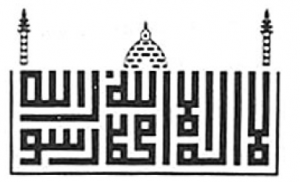
Director:
Dr. Emile N. Habiby
Teachers:
Juliet Deir
Lillian Deir
Emile Habiby
Najib Habiby
Reema Habiby (substitute)
Norma Meena
George Shakkour
History
The Institute was incorporated in April, 1974, and an adult program in spoken and in modern standard Arabic was begun in June of the same year. Lack of suitable curriculum materials and trained teachers delayed starting aclass for children until September, 1975. The children’s class was started with an equal mix of monolingual and bilingual students. Another beginners’ class was added in 1976. The quality of teaching and of the curriculum improved through 1976-1977 as a result of the teachers’ participation in the EHALS training and exchange project. By the end of the school year a steady enrollment was reached, with students reflecting the motivating influence of program and teaching developments.
Current Program
The Arabic school will continue to provide learning opportunities in the Arabic language to bilingual children and to some adults. A shift to monolingual children is expected. New well-conceived curriculum materials, utilizing audio-visual media will be introduced in September, 1977. Thanks to the financial support of the community, the school will be able to purchase and use modern teaching aids and develop its own model programs.
Beginning monolingual children at age six and older will be trained in speaking a vernacular Arabic, covering simple home and school situations. They will learn to associate sounds with Arabic letter-pictures. New consonants that taxtheir speech organs will be introduced with tutorial and cardreader help to those who have difficulties. Word power will be developed by association with pictures, while conversation will follow patterns learned illustrations and from sound and slide programs. The use of songs, puppets and action games motivate the students to learn and wish to return for more.
Second and third year students will continue in the same learning pattern, but will add reading and writing of modern standard Arabic to their skills. They will also learn to relate the spoken to the written language. Departing students will have learned enough Arabic to be able to enhance their skills by associating with other Arabic speakers. Specialized history and culture courses should eventually find their place in theprogram. An additional four grades will be introduced in later years.
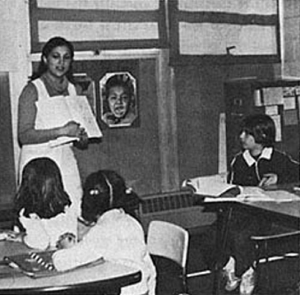
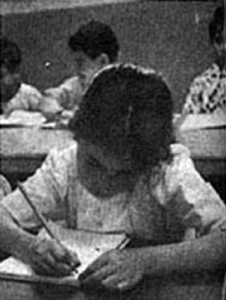
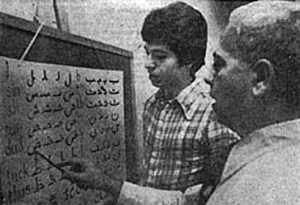
Islamic Weekend Madrassa
Principal:
Suhait Banister
Teachers:
Taha Al-Doss
Khalid Azzam
Hameeda Mannsur
Ibrahim Ragab
Shamsa Sibbiqui
Safiyyah Tiraq
History
Even though the school was operating informally for a number of years, it was formally structured in September, 1979. Students are meeting on Sundays from 9:30 to 12:30. Classes are divided into three levels. Level one includes children between the ages of 5 and 7, the second level has classes for children who are between the ages of 8 and 12, and level three is for teenagers and older.
Current Program
The Islamic Weekend Madrassa teaches children Arabic with special emphasis on the Quran, fundamentals of Islamic beliefs and worships, and various aspects of the Islamic history and geography of the world. At the present time, there are 50 students enrolled. However, the Islamic Weekend Madrassa will be expanding to teaching on Saturdays in the near future. Another classroom will be added to accommodate more people. Most of the students are American born, therefore, bilingual. In addition, there are some youngsters whose parents immigrated during the recent years. The school is financially supported by the Islamic Center.
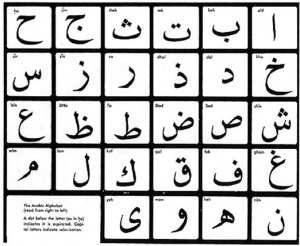
Some Clevelanders of Arab American Descent prominent in business and professions in the Greater Cleveland area:
SINGERS:
Marilyn Anter Cardello – concert
Elizabeth Unis Chesko – concert and opera – teaches at Cleveland State University
Corrinne Haddad Khouri – concert and operetta
Evelyn Naffah – concert and operaTHE ARTS:
Dennis Nahat – dancer and choreographer, Cleveland Ballet
TV-RADIO PERSONALITIES:
Larry Morrow – talk show and music
BUSINESS:
Anter Bros. Wholesale
Haddad Construction
Kassouf Construction
Dave Kassouf – Broadview Motors
Admiral Khoury – U.S. SteelRELIGIOUS:
Sister Judith A. Karam, C.S.A. – Pharmacist and administrator
Phillip Khairallah – Assistant – St. Elias Church
Sister M. Myron – Educator
Sister Kathy Thomas, C.S.J. – EducatorPOLITICS & GOVERNMENT:
Richard Anter – Mayor of Fairview Park
Richard Ganim – Former Mayor of Seven Hills
Joseph Nahra, Judge – Probate Court
Mary Rose Oakar – Congress – 20th District
George Sadd – Assistant County Prosecutor
Joseph Tegreene – Former Cabinet member – City of ClevelandEDUCATION:
George Khoury – Cleveland Board of Education
Dr. Evelyn Maroon – Cleveland Board of EducationATTORNEYS:
Fred F. Hillow
Laurice M. Koury
Ernest P. Mansour
Eli T. Naffah J
ames L. Oakar
Edward N. Salim
Edna C. Shalala
Allan J. ZambieARCHITECTS:
Louis J. Kourey
PHYSICIANS & SURGEONS:
Bolivar Albainy
Victor Albainy
Nabil Angley
Carl F. Asseff
George Awais
Nabila Rizk-Awais
Benjamin Farah
Michael G. Farah
Maurice Gindi
Haifa Hanna
Michael Hanna
Elias A. Husni
Sayed M. Hussny
John Jacob
Phillip Khairallah
Jack Lorenzo
Nabil S. Malek
Edward G. Mansour
William Mourad
M. S. Mustafa
Anthony J. Nakhle
Jerome Y. Nakhle
Elwood G. Nader
Anthony Nassif
Nezar Rahim
F. A. Salwan
Ahmed H. Shatila
Alan A. Tambe
Joseph G. Yared
Charles G. ZegiobDENTISTS:
Hafiz Abood
James E. Abood, Jr.
Richard E. Betor
Edward Jacob
